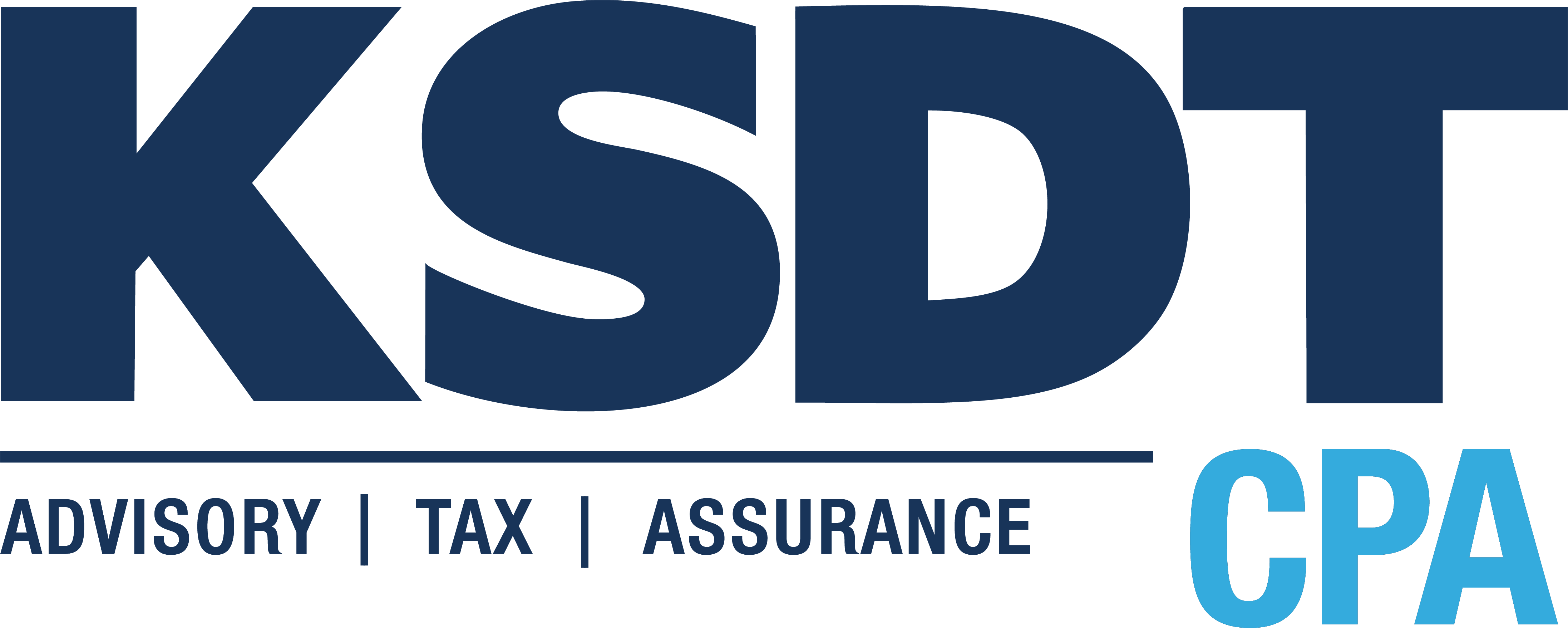The landscape of risk management has witnessed a dramatic transformation in recent years, driven by the rapid advancements in technology and the increasing complexity of corporate compliance programs. While these developments have undoubtedly enhanced operational efficiency and improved decision-making processes, they have also ushered in a new era of aggressive concerns for businesses. In particular, the potential impact on board members has become a paramount consideration as they shoulder the responsibility of ensuring the organization’s stability, reputation, and compliance in an ever-evolving digital environment.
The Role of Technology in Corporate Compliance Programs
Corporate compliance programs act as the backbone of an organization’s risk management framework, aiming to mitigate legal and regulatory risks while ensuring ethical conduct and adherence to industry standards. In recent years, technology has emerged as a powerful ally in this endeavor, enabling businesses to streamline compliance processes, enhance data analysis, and proactively identify potential risks. However, the rapid pace of technological advancement has also introduced a myriad of challenges that demand careful attention.
The Rising Complexity of Risk Landscape
As companies embrace digitalization, they face an increasingly intricate risk landscape. Cybersecurity threats, data breaches, and privacy concerns loom larger than ever, making board members acutely aware of the potential financial, operational, and reputational consequences of such incidents. Technological innovations, such as artificial intelligence (AI), machine learning, and blockchain, have introduced new risks that demand an agile and proactive approach to risk management.
The Need for Advanced Risk Assessment Tools
To navigate this complex risk environment, board members must have access to sophisticated risk assessment tools that leverage the latest technologies. Traditional risk management methods are no longer sufficient in providing comprehensive insights into emerging risks and potential vulnerabilities. Advanced analytics, predictive modeling, and real-time monitoring are crucial components of an effective risk management framework, enabling board members to make informed decisions and allocate resources appropriately.
Mitigating Human Bias in Decision-Making
Technology-driven risk management processes also serve to mitigate human bias, which can significantly impact board members’ decision-making abilities. By relying on data-driven insights and automated risk
assessment tools, board members can minimize the subjective factors that may influence their judgments. This empowers them to adopt a more objective and evidence-based approach to risk management, reducing the potential for errors and improving overall compliance effectiveness.
Balancing Innovation with Risk Mitigation
While embracing technological innovations is necessary for business growth and competitiveness, board members must strike a delicate balance between innovation and risk mitigation. The pressure to adopt new technologies and capitalize on digital opportunities should not overshadow the critical importance of robust risk management practices. Boards need to foster a culture of risk awareness and promote open dialogue to ensure that innovation is pursued within the boundaries of compliance and risk tolerance.
Enhancing Board Competence in Risk Management
To address the aggressive concerns arising from technology and corporate compliance programs, boards must prioritize enhancing their own competence in risk management. This includes actively seeking education and training on emerging risks, keeping abreast of regulatory developments, and cultivating a diverse board composition with a broad range of expertise. By empowering board members with the necessary knowledge and skills, organizations can strengthen their risk oversight capabilities and bolster their resilience in the face of evolving threats.
Collaboration between Board Members and Technology Experts
To effectively manage risks associated with technology and corporate compliance programs, collaboration between board members and technology experts is indispensable. Board members must engage in meaningful discussions with professionals specializing in cybersecurity, data privacy, and emerging technologies. This collaboration ensures that the board remains well-informed about the latest technological advancements and their implications for risk management, enabling them to make informed decisions and provide effective guidance to senior management.
The advent of technology and the growing complexity of corporate compliance programs have brought forth aggressive concerns in risk management. Board members must acknowledge these concerns and equip themselves with the necessary tools and knowledge to address them effectively. By embracing advanced risk assessment tools, mitigating human bias, balancing innovation with risk mitigation, enhancing their own competence, and fostering collaboration with technology experts, boards can navigate the intricate landscape of risk management in the digital age. Only by doing so can they safeguard their organizations’ long-term success, reputation, and compliance with unwavering confidence.
Kevin N. Fine, MHA, MSM leads the KSDT-CPA Advisory team. He advises companies, investment firms and executive leadership on operations, strategy, and business process improvements. Any questions, do not hesitate to contact him at: kfine@ksdt-cpa.com.


